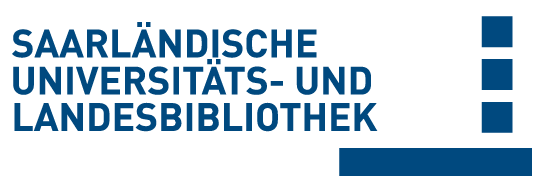Please use this identifier to cite or link to this item:
Volltext verfügbar? / Dokumentlieferung
doi:10.22028/D291-36300 | Title: | Chlorhexidine rinsing inhibits biofilm formation and causes biofilm disruption on dental enamel in situ |
| Author(s): | Martínez-Hernández, Miryam Reda, Bashar Hannig, Matthias |
| Language: | English |
| Title: | Clinical Oral Investigations |
| Volume: | 24 |
| Issue: | 11 |
| Pages: | 3843–3853 |
| Publisher/Platform: | Springer Nature |
| Year of Publication: | 2020 |
| Publikation type: | Journal Article |
| Abstract: | Objectives This in situ study aims to evaluate the effects of chlorhexidine (CHX) mouth rinsing on biofilm formation and moreover on the disruption of existing mature dental biofilms. Methods Biofilms were formed in situ by five volunteers on bovine enamel specimens fixed to individual acrylic splints. For biofilm formation analysis, the volunteers intraorally exposed the splint for 48 h. Mouth rinsing using 10 ml of 0.2% CHX or water as control was performed for 30 s every 12 h. For analysis of biofilm disruption, the biofilm was formed on enamel specimens for 48 h. Then, the first CHX rinse was carried out. A second rinse followed after an additional 12 h, again for 30 s using 10 ml of 0.2% CHX. Biofilm vitality was imaged by fluorescence microscopy after vital fluorescence staining. Additionally, the ultrastructure of the biofilm was examined by transmission electron microscopy. Results Rinses with 0.2% CHX significantly reduced biofilm formation on enamel. Both biofilm colonization and vitality were dramatically impaired. Moreover, a considerable biofilm disruption induced by the CHX rinses was observed. Remarkably, a single application of CHX to a 48-h mature biofilm causes biofilm ultrastructure alterations and induces a substantial reduction in biofilm thickness and bacterial vitality. Conclusions CHX mouth rinses induced a significant inhibition of biofilm formation on native enamel. Furthermore, an important biofilm disrupting effect under in situ conditions was detected. Clinical Relevance: CHX rinses could be used as a short-term treatment protocol for biofilm management focused on patients unable to reach adequate oral hygiene. |
| DOI of the first publication: | 10.1007/s00784-020-03250-3 |
| URL of the first publication: | https://link.springer.com/article/10.1007/s00784-020-03250-3 |
| Link to this record: | hdl:20.500.11880/32972 http://dx.doi.org/10.22028/D291-36300 |
| ISSN: | 1436-3771 1432-6981 |
| Date of registration: | 31-May-2022 |
| Faculty: | M - Medizinische Fakultät |
| Department: | M - Zahn-, Mund- und Kieferheilkunde |
| Professorship: | M - Prof. Dr. Matthias Hannig |
| Collections: | SciDok - Der Wissenschaftsserver der Universität des Saarlandes |
Files for this record:
There are no files associated with this item.
Items in SciDok are protected by copyright, with all rights reserved, unless otherwise indicated.

